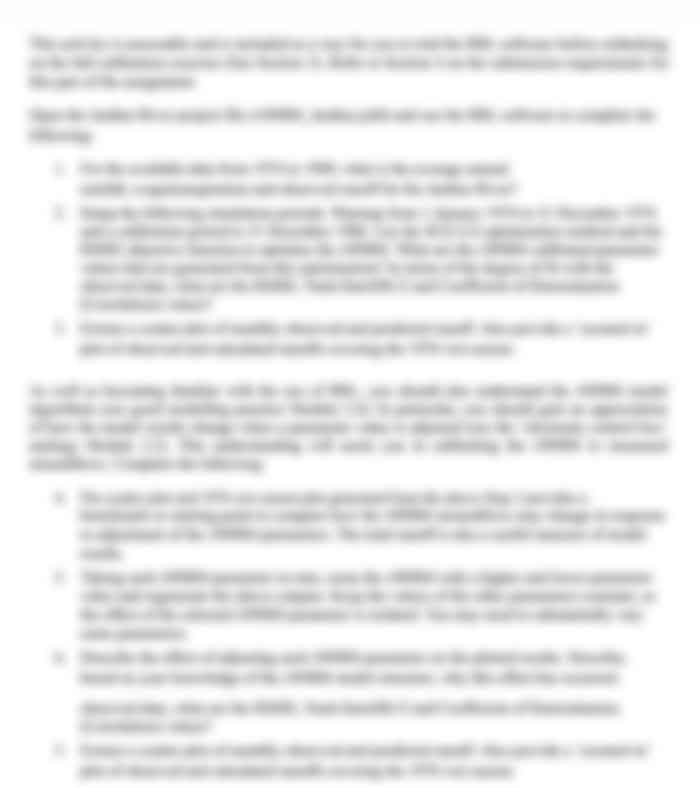Promote Nutrition and Hydration Assessment
- Country :
United Kingdom
Assignment:
|
1.1 define the main food groups |
starches, e.g. potatoes, pasta natural and refined sugars dietary fibre, e.g. bran.
plant, e.g. tofu, pulses animal, e.g. meat, fish.
saturated, e.g. full-fat milk, polyunsaturated (Sunflower, corn, soybean) monounsaturated (Olive, peanut, and canola oils, avocados.
calcium, e.g. milk, soya iron, e.g. red meat, egg yolk, green vegetables sodium, e.g. cheese, meat potassium, e.g. apricots, bananas.
A, e.g. carrots, fish, liver oils B e.g. cereals, meat, eggs C, e.g. oranges, blackcurrants D, e.g. fish oils, tuna E, e.g. sunflower seeds, peanut butter K, e.g. kale, spinach.
Learners list the main food groups for 1.1 and then list the sources of the main food groups for answer 1.2 |
|
1.2 identify sources of essential nutrients |
|
The six essential nutrients are vitamins, - A B C D E K minerals, - protein, - fats, - carbohydrates. Water - Learners, identify the sources for the essential nutrients listed above |
|
1.3 explain the role of essential nutrients for health |
|
The role of essential nutrients
Learners Use the 6 nutrients to explain their role in keeping people healthy www. Healthline is a good source of information |
|
1.4 evaluate the impact of poor diet on health and wellbeing Learners research the principles of a balanced diet and the impact on health and wellbeing, having a poor diet Eg cancer, obesity, diabetes etc Benefits
Impact of poor diet on health and wellbeing
obesity, increased risk of diseases such as cardiovascular disease and cancers, decreased immunity, deficiency diseases such as anaemia, rickets, osteoporosis, tooth decay. |
|
1.5 explain what adaptations to a balanced diet may be required for different groups |
older people in good health, different genders, different cultures, people with health problems, people with dementia, people with disabilities, people with learning disabilities, people with specific dietary preferences, vegetarians, vegans.
according to needs and preferences, e.g. personal taste, ability/inability to Eat without support their food is adapted i.e soft diet specific needs substituting foods. Reducing/increasing certain foods. Learners, choose a minimum of 3 groups of people listed above and explain how adaptations to ensure a balanced diet maybe required. |
|
2.1 summarise current national nutritional guidelines for a balanced diet |
|
Learners - Research Eat well (NHS guidelines) for a balanced diet. |
|
2.2 explain how to access additional support and information relating to nutrition and hydration |
|
Accessing additional support and information
Food Standards Agency, National Institute for Health and Clinical Excellence (NICE), the Department of Health, Public Health England, British Nutrition Foundation. Learners choose 2 of the above and write a sentence about each of their roles. Dietician Learners, explain the role of a dietician and when it may be beneficial for someone to access their services. |
|
3.1 explain the importance of a balanced diet |
|
Eating a healthy, balanced diet is an important part of maintaining good health and can help you feel your best. This means eating a wide variety of foods in the right proportions and consuming the right amount of food and drink to achieve and maintain a healthy body weight. A balanced diet supplies the nutrients your body needs to work effectively. Without balanced nutrition, your body is more prone to disease, infection, fatigue, and low performance. Children who don't get enough healthy foods may face growth and developmental problems, poor academic performance, and frequent infections. Learners 1. Research the impact of a balanced diet on well-being, sleep and mental health. 2. What factors should you consider when planning a balanced diet i.e allergies, cultural and religion, presentation of food. |
|
3.4 evaluate the effectiveness of different ways of promoting healthy eating |
|
Promotion, through planning of care, (getting people involved) explanation as appropriate, encouragement, presentation of food, good palatability, variety, providing suitable utensils, trying different approaches. Learners, think about the people you support and write about how you promote healthy eating using the examples given above |
|
4.1 explain the importance of hydration |
|
Role of water in the body, e.g. dilution and removing toxins, kidney function. Water loss, e.g. excretion, sweating. Water gain, e.g. eating, drinking. Water balance. Learners write about the importance of hydration, some examples have been given to you above, you need too research and add more information. |
|
4.2 describe signs of dehydration |
|
Signs of dehydration moderate
output, muscle weakness. Signs of dehydration severe
Learners, please expand the answers listed above |
|
4.4 evaluate the effectiveness of different ways of supporting and promoting hydration |
|
|
5.1 describe the factors that may affect nutritional intake |
|
Factors affecting nutritional intake
|
|
5.2 describe the risk factors that may lead to malnutrition Risk factors, age, medical conditions, effects of medication, psychological factors, income, oral hygiene, individual habits, cognitive disorders. Learners, please give an example on each bullet point, why there is a risk of malnutrition |
|
5.3 describe the signs of malnutrition |
|
Weight loss or gain, decreased muscle and tissue mass, decreased mobility and stamina, dry and scaly skin, breathing difficulties, increased risk of chest infection and respiratory failure, wounds take longer to heal, slower immune response, difficulty staying warm. Learners expand a bit more on each bullet point |
|
5.4 explain ways of ensuring foods and drinks have increased nutritional density through fortification |
|
Fortification - Food fortification is adding high energy foods to meals to increase the calories
Addition of, milk powder, evaporated milk, cheese, butter, cream, sugar, syrup, dried fruits, figs, prunes, potatoes, branded food fortifications. Learners, please research increased nutritional value through fortification |
|
5.5 describe the appropriate use of nutritional supplements |
|
Nutritional supplements
energy protein vitamins or minerals, e.g. nutritional supplement drinks, vitamin and mineral additives.
Learners research the appropriate use of nutritional supplements for the bullet points above |
|
6.1 describe the purpose of nutritional screening |
|
Nutritional screening is the first step in identifying patients who are at risk from nutrition problems or who have undetected malnutrition. It allows for prevention of nutrition-related problems when risks are identified and early intervention when problems are confirmed
identify adults who are malnourished, at risk of malnutrition (under nutrition) or obese.
Agreed ways of working
|
|
7.1 describe the roles and responsibilities of others in assessing and managing the nutritional and hydration needs with individuals |
|
Roles and responsibilities of others: ? Others, carers, colleagues, other professionals such as district nurses, GPs, dieticians. managers Learners explain the roles and responsibilities in respect of managing nutrition and hydration for each bullet point. |
|
7.2 explain ways in which nutrition and hydration can be monitored Monitoring nutrition and hydration
Learners, think about your workplace and give examples of the above 8.1 describe factors that may promote healthy eating in different groups |
|
Factors that may promote healthy eating in different groups Positive role models, eating with others, location, education, eating support/aids. |
|
8.2 describe factors that may create barriers to healthy eating for different groups |
|
Factors that create barriers to healthy eating Physical factors dysphagia, (swallowing difficulties, S.A.L.T) medical conditions i.e diabetes, Psychological factors, lack of understanding, low income Learners, research and write a sentence for each bullet point 8.3 explain why individuals may have special dietary requirements Reasons for special dietary requirements
Learners, explain each bullet point |
8.4 explain why it is important for individuals with special dietary requirements to follow special diets
Importance of adherence to special diets
- Meeting requirements.
- Promoting personal choice and control.
- Worsening of symptoms.
- Potential life-threatening risks of not following special diet.
Learners, research and write about each bullet point.
Bibliography:

